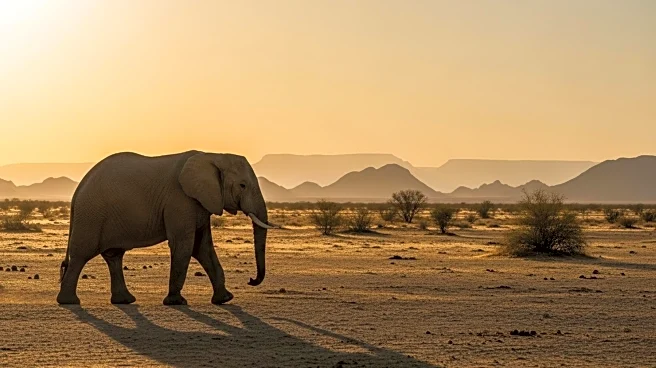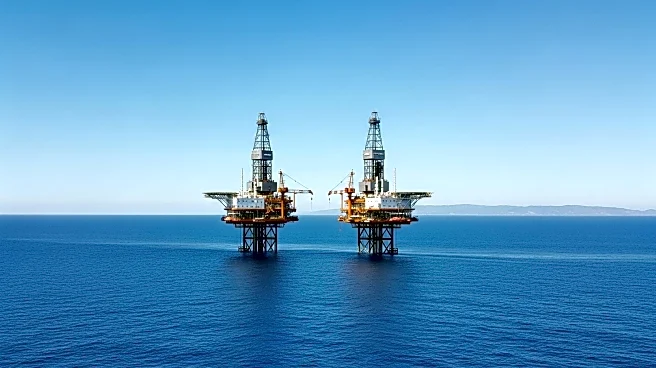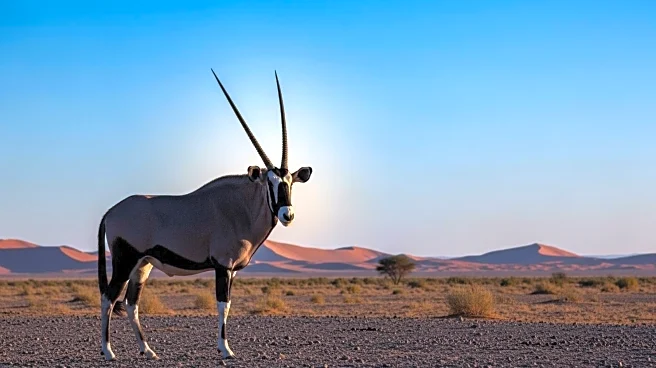What is the story about?
Namibia's footprint is defined by its vast landscapes and economic contributions. As the driest country in sub-Saharan Africa, Namibia's geography is dominated by the Namib and Kalahari deserts. Its economic footprint is shaped by key industries such as agriculture, tourism, and mining, which play vital roles in the country's development.
Geographic Reach
Namibia's geographic reach extends across Southern Africa, bordered by the Atlantic Ocean to the west and neighboring countries Angola, Zambia, Botswana, and South Africa. The country's unique landscapes, including the Namib Desert, contribute to its global recognition and attract visitors from around the world.Institutional Presence
Namibia's institutional presence is characterized by its stable democratic governance and commitment to sustainable development. The country's government structure, with the President serving as both head of state and government, ensures effective decision-making and accountability.Economic and Social Footprint
Namibia's economy is driven by agriculture, tourism, and mining, with gem diamonds, uranium, gold, silver, and base metals being significant contributors. The country's social footprint is marked by its diverse cultures and commitment to conservation, fostering a sense of national unity and global collaboration.Environmental or Community Impact
Namibia's environmental impact is significant, with its unique landscapes and wildlife attracting global interest. The country's commitment to conservation and sustainable development has positive effects on local communities and global environmental practices. Namibia's efforts to balance economic growth with environmental protection continue to shape its future.AI Generated Content
Do you find this article useful?
















